
In so many national elections — and certainly in presidential contests — it often seems that it all comes down to Ohio. Pundits and pollsters are forever declaring to anyone who will listen that voters in the Buckeye State will likely determine — or at least play an integral, outsized role in determining — the next president of the United States, the direction of the country for the next several years, yadda yadda.
But it might surprise the casual political observer to learn that Ohio’s reputation as a critical win for any presidential hopoeful is hardly new. In fact, America’s 17th state has been considered a harbinger of things to come for so long that the phrase, “As Ohio goes, so goes the nation,” has been a commonplace in politics for decades.
In its June 12, 1944, issue, for example, in the midst of the campaign between President Franklin Roosevelt and New York’s Republican governor Thomas Dewey, LIFE magazine devoted several pages to a feature titled, simply, “Political Ohio,” paying tribute to the state’s place at the very heart of each and every national election.
Here, as the amorphous field of candidates for the White House in 2016 begins to shape up, LIFE.com looks back at the mood of the nation seven long decades ago, as seen through the singularly complex lens of Ohio politics:
Politics has long traditions and high stakes in Ohio [LIFE wrote]. Like Virginia, Ohio has great families and leaders who have made national politics a notable career. Like Virginia, Ohio has mothered many presidents — seven Republicans from Grant to Harding. This year Ohio’s politics are once more the nation’s politics.
Ohio joins the agricultural Middle West with the industrial East, and is part of both… A few weeks ago most political dopesters would have said that Ohio was sure to go Republican, but recent events have made them less certain. It is in Ohio that Democrats have uncovered their newest, most promising vote getter [Cleveland mayor Frank Lausche.].
Lausche is the hottest political news in Ohio this year. In Cleveland, where he has twice been elected mayor by landlside votes, he is popualr with workers and employers. He has a shy, earnest manner and a rugged look that apealso city and rural folks alike. Now he is running for the governorship against Cincinnati’s Mayor James Garfield Steward and many Republicans are supporting him.
[NOTE: Lausche won the race that year, serving as the state’s 55th, and again as its 57th, governor.]
Ohio has voted three times for Franklin Roosevelt, but it has a Republican governor, two Republican senators, and 20 (out of 23) Republican representatives.
As it turned out, Dewey actually won Ohio in 1944 — albeit by a measly 12,000 votes. Roosevelt, however, won 53 percent of the popular vote and, despite losing the Buckeye State, tallied a resounding 432 electoral votes to Dewey’s 99 — proof, if anyone needed it, that in the mercurial world of American politics, even a bellwether as reliable as Ohio can sometimes be utterly, unaccountably wrong.




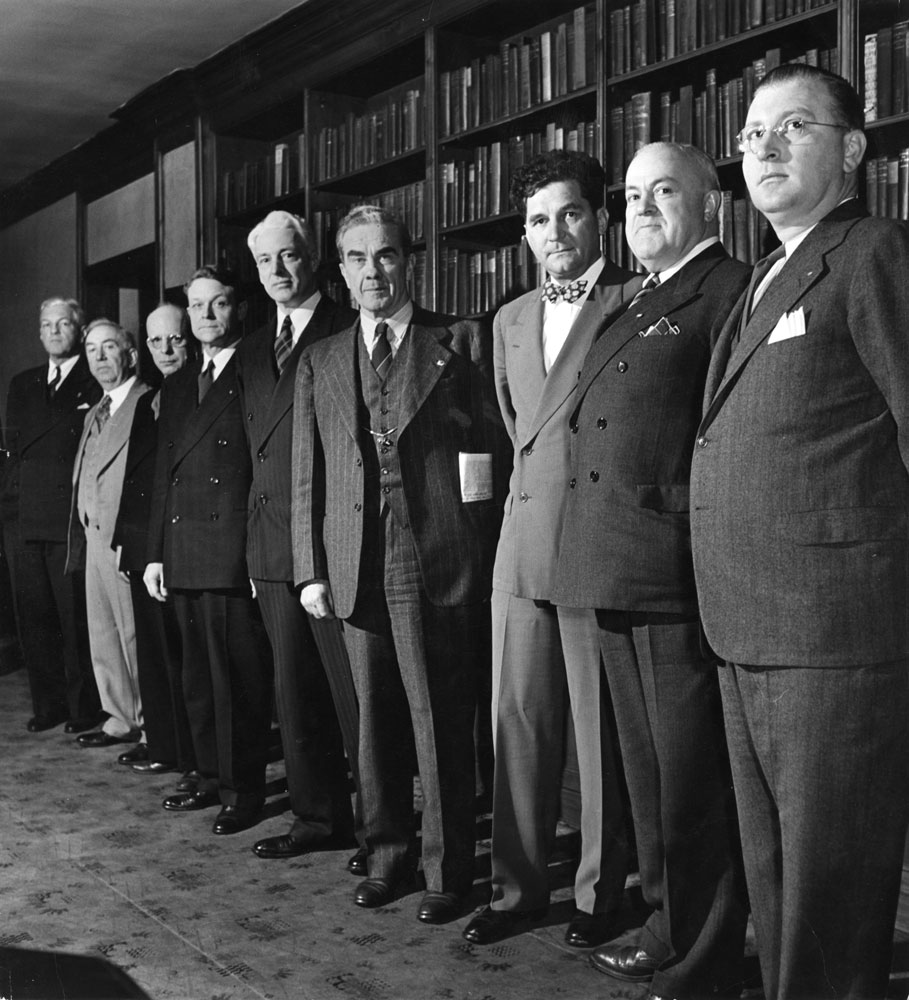
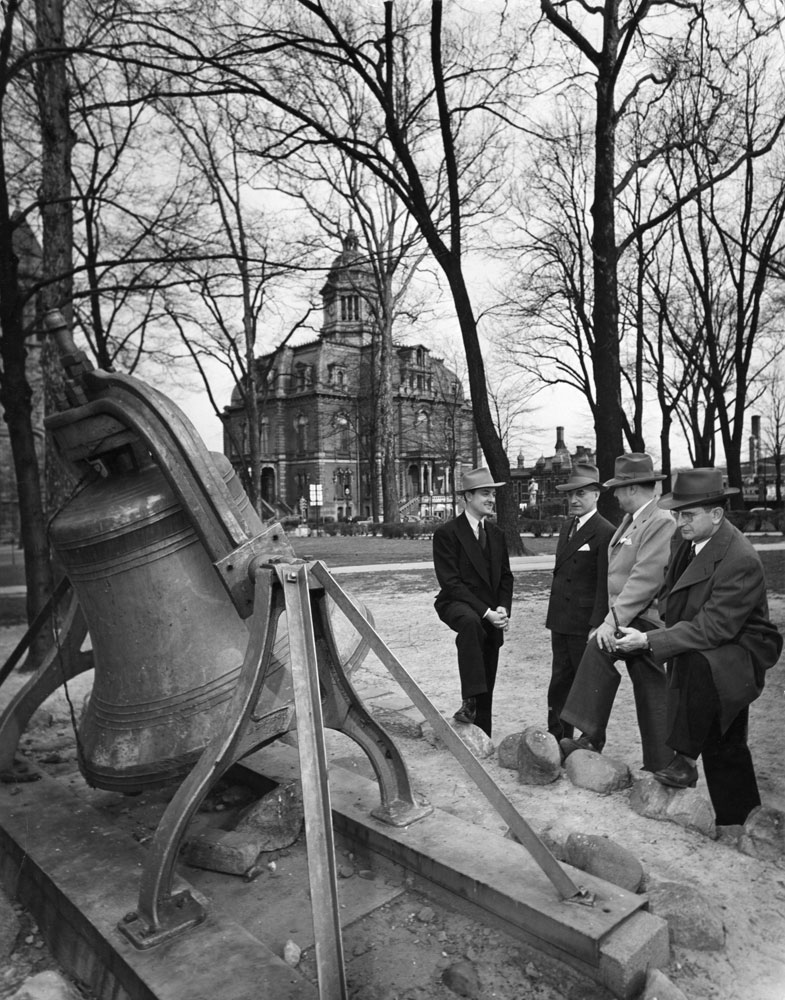
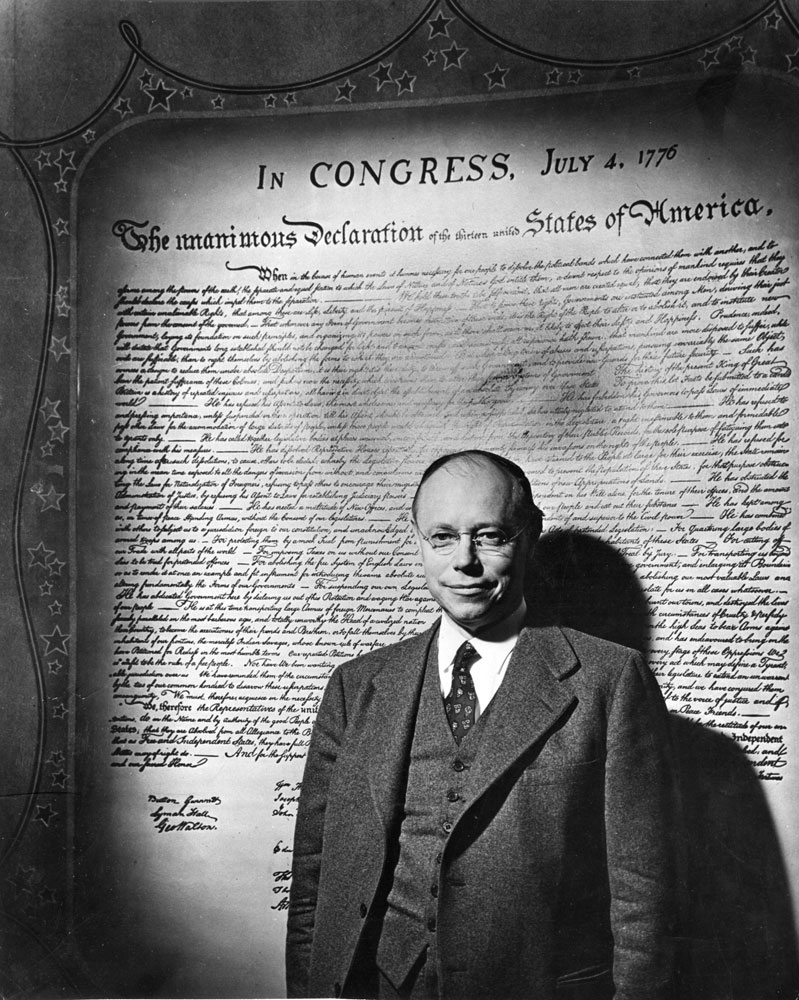
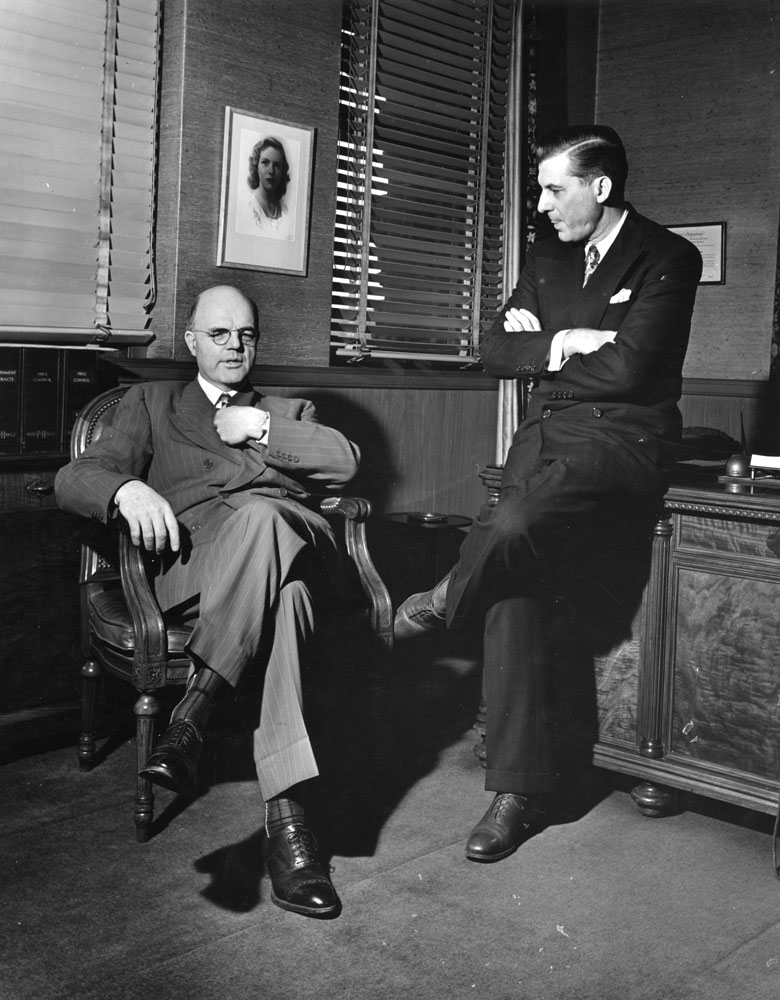

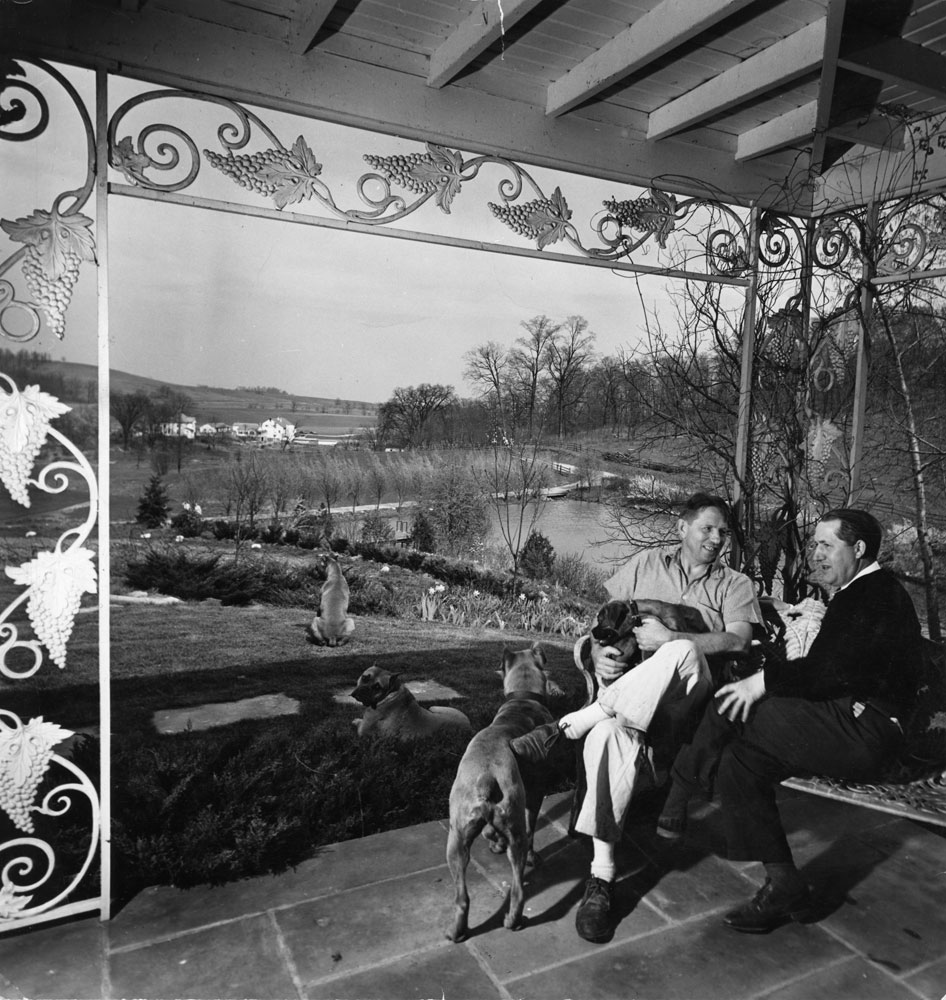


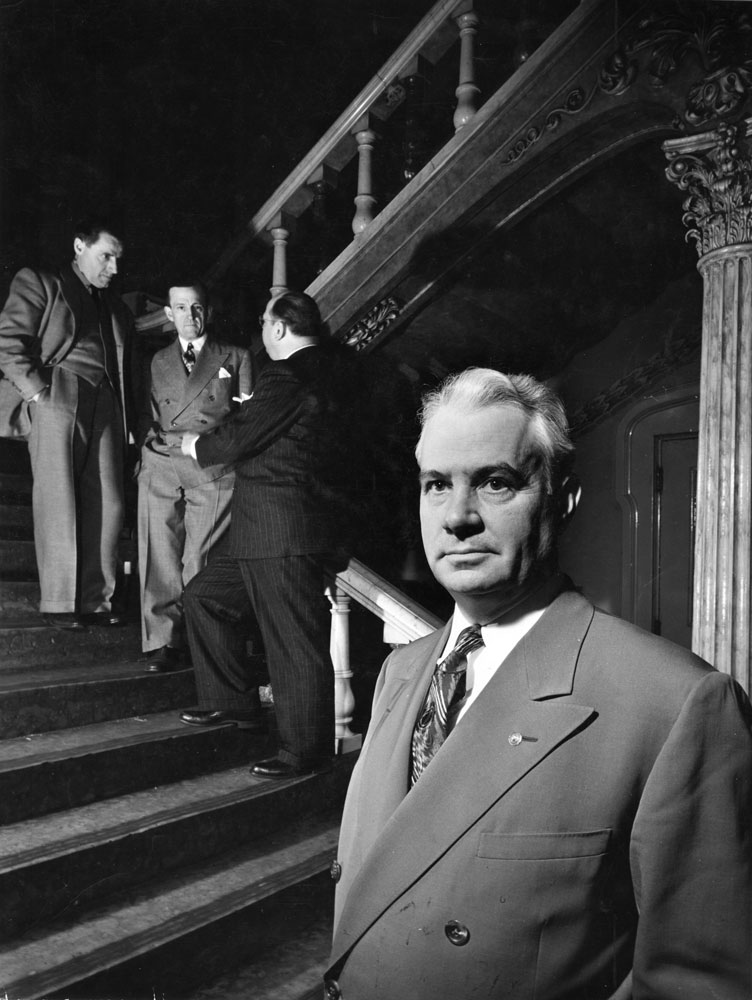







More Must-Reads from TIME
- Where Trump 2.0 Will Differ From 1.0
- How Elon Musk Became a Kingmaker
- The Power—And Limits—of Peer Support
- The 100 Must-Read Books of 2024
- Column: If Optimism Feels Ridiculous Now, Try Hope
- The Future of Climate Action Is Trade Policy
- FX’s Say Nothing Is the Must-Watch Political Thriller of 2024
- Merle Bombardieri Is Helping People Make the Baby Decision
Contact us at letters@time.com